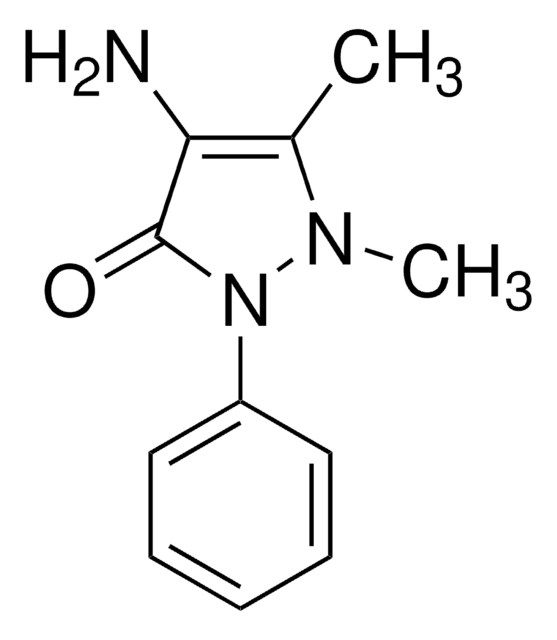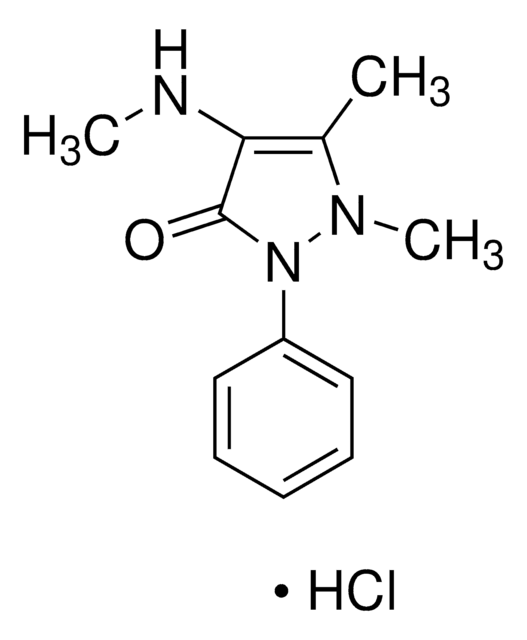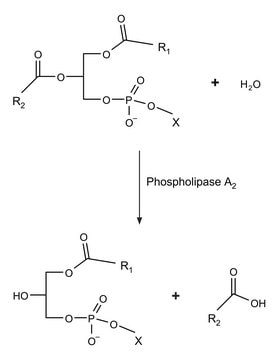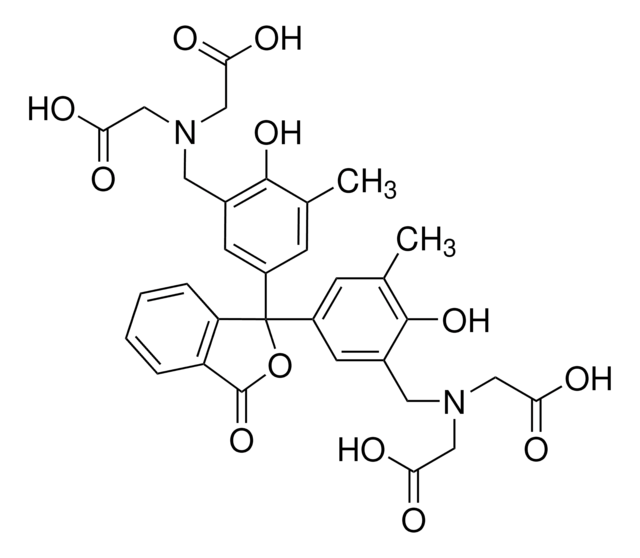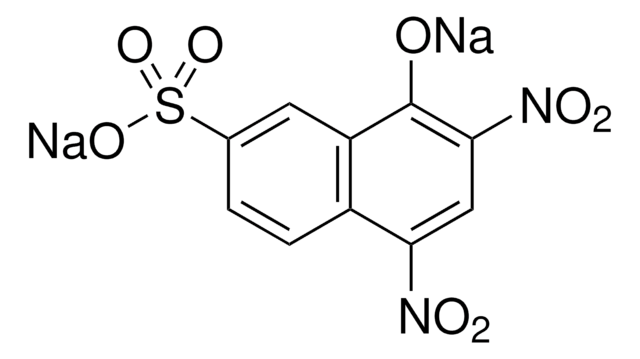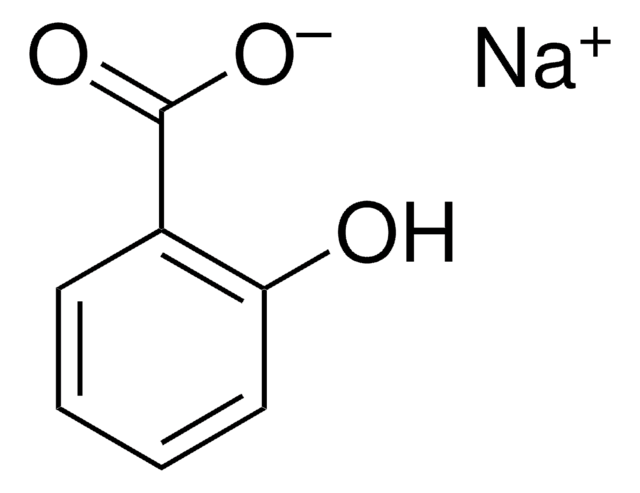D8015
4-Dimethylaminoantipyrine
reactive nitrogen species scavenger
Synonym(s):
4-Dimethylamino-2,3-dimethyl-1-phenyl-3-pyrazolin-5-one, Aminopyrine
About This Item
Recommended Products
form
solid
mp
107-109 °C (lit.)
SMILES string
CN(C)C1=C(C)N(C)N(c2ccccc2)C1=O
InChI
1S/C13H17N3O/c1-10-12(14(2)3)13(17)16(15(10)4)11-8-6-5-7-9-11/h5-9H,1-4H3
InChI key
RMMXTBMQSGEXHJ-UHFFFAOYSA-N
Looking for similar products? Visit Product Comparison Guide
Application
Biochem/physiol Actions
Signal Word
Danger
Hazard Statements
Precautionary Statements
Hazard Classifications
Acute Tox. 3 Oral - Eye Irrit. 2 - Skin Irrit. 2 - STOT SE 3
Target Organs
Respiratory system
Storage Class Code
6.1C - Combustible acute toxic Cat.3 / toxic compounds or compounds which causing chronic effects
WGK
WGK 3
Flash Point(F)
Not applicable
Flash Point(C)
Not applicable
Personal Protective Equipment
Regulatory Listings
Regulatory Listings are mainly provided for chemical products. Only limited information can be provided here for non-chemical products. No entry means none of the components are listed. It is the user’s obligation to ensure the safe and legal use of the product.
JAN Code
D8015-25G:
D8015-VAR:
D8015-100G:
D8015-BULK:
Certificates of Analysis (COA)
Search for Certificates of Analysis (COA) by entering the products Lot/Batch Number. Lot and Batch Numbers can be found on a product’s label following the words ‘Lot’ or ‘Batch’.
Already Own This Product?
Find documentation for the products that you have recently purchased in the Document Library.
Customers Also Viewed
Our team of scientists has experience in all areas of research including Life Science, Material Science, Chemical Synthesis, Chromatography, Analytical and many others.
Contact Technical Service